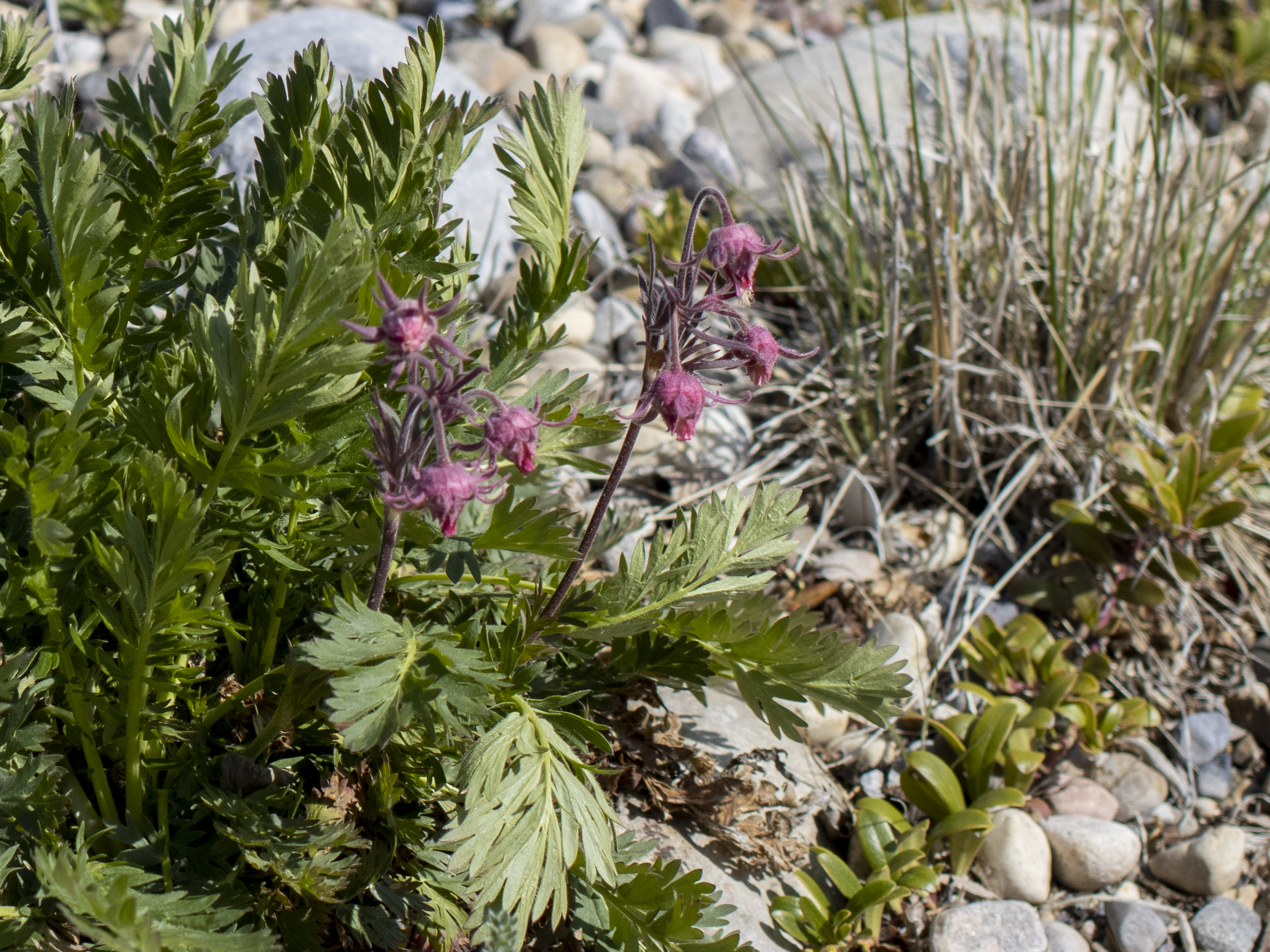Design your own crevice garden

Photo by Calgary Horticultural Society
Gardens in small spaces can be very interesting. Often, for many keen gardeners, there is a gardening evolution that happens in parallel with the stages in one’s life. Usually, early in adulthood, a home with a yard is purchased, and gardens dreamed about slowly come to fruition. Eventually, the garden grows with time to encompass the whole yard.
For a while, there’s a period of gardening bliss; the gardener has time and ability to dedicate to the garden and do all the heavy work that it requires. However, with more time, the garden, while still loved, starts to look like a daunting project. Thoughts of downsizing and simplifying start popping up. The desire to garden is still there, so what can one do?
A solution that is often thought of is container gardening, and it’s a good solution. Gardening in large pots creates a manageably-sized garden and reduces the tasks. If the container is self-watering, then short absences are not a concern either.
Another option is to build a crevice garden. Because the garden requires the careful setting of rocks or rock-like materials, either recruiting an assistant with strong hands, knees, and back, or creating it when you still have these strengths, is recommended.
A crevice garden can be small. Creating one 0.5 m by 0.5 m can make a nice project. There’s no need to rush it either. You can be a weekend warrior and purchase materials and build it all at once or turn it into a craft project and hunt for the perfect stones to fit the location and build it as pieces are acquired. A crevice garden needs a full sun location and a growing medium that drains well. When creating a crevice garden, you are trying to emulate the growing environment on a mountain above the tree line or on an outcrop of rock in a very dry region. In both cases, the garden is exposed and unshaded. The rock slabs in the garden provide all the protection and shade that the plants get.
For a natural-looking garden, use slabs of sandstone, limestone, slate, or shale. You can use bricks, patio stones, ceramic flooring, or bits of concrete slabs, but their regular thickness, edges, colour, and texture can look unnatural.
How tightly together to place the stone may depend on what you want to grow. Space parallel stones 1 to 15 cm apart. When creating the rows of rock, think of them as layers of cake and filling, turned on their side. Vary the spacing of the rows. They can either be straight up and down or placed at a slight angle.
The high point of the bed should rise at least 15 cm. The larger the bed, the higher the high point can be. The soil between the stones can be half a mix of topsoil with compost (for growing), and half coarse sand, perlite, or gravel (or a blend of these for drainage).
Once you have your stones arranged in a way you like, and the crevices filled with the soil, it’s time to select plants. Plants that do well in crevice gardens are drought tolerant and should not require watering once established. Most are small and short. Plants for a novice crevice gardener include hen and chicks and other hardy Sempervivum, sedums such as ‘Angelina’, wooly thyme, creeping thyme, prickly pear cactus, Geum triflorum, Saxifraga, and pussytoes.
After planting, mulch with a fine gravel. If you want to expand the plant collection to more exotic varieties, then look for alpine plants. Frequently, alpine plants need to be sourced from specialty plant providers and may need to be started from seed.
Recently, I was viewing the crevice garden at the Botanical Gardens of Silver Springs and overheard one of the volunteers telling a visitor, “These gardens take a lot of work to create but it’s worth it as they require less maintenance than a regular garden.”
So, if you’re thinking about changing how you garden, consider a crevice garden.
To learn more about gardening in the Calgary area, visit our website calhort.org.
